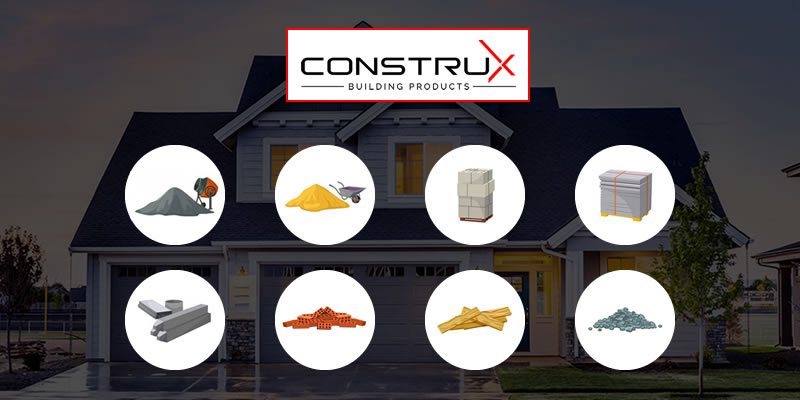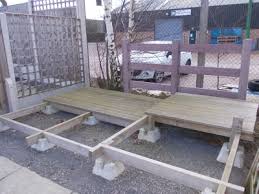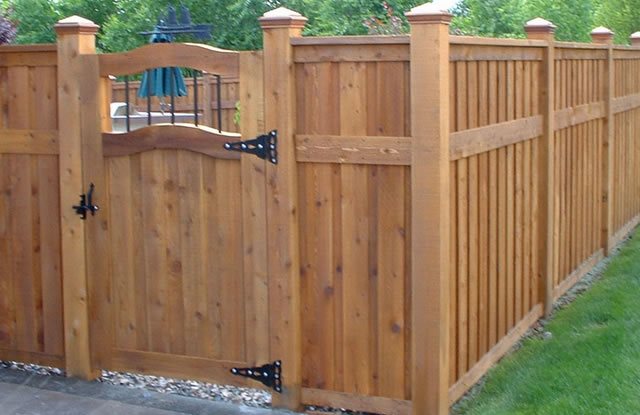
Building Materials: Types & Applications
Most of the time, people take construction and building structures for granted. But it is an undeniable fact that these building materials define the structure right from the beginning of a simple building or a mega monumental structure such as the mall, or business houses.
Generally, building materials can range from simple bricks, cement to some intricate materials such as aluminum, concrete, and glass. These processed and unprocessed building materials help in defining the strength and lifespan of the building. Therefore, it is important to understand that choosing the right supplier, construction contractor and building materials is the foundation of your building.
What Do You Mean By Building Materials?
There are several types of building materials that are used for construction purposes such as building houses, apartments, villas, gardens, offices, etc. each building material exhibits different properties that make them suitable for certain types of applications.
1) Concrete
Description: Concrete is a mixture of cement, aggregate, and water that is used for construction.
Application: Concrete is conventionally used to support walls, floors, and exterior structures like driveways or patios.
Moreover, concrete is growing very popular in home construction for such diverse purposes as countertops and fencing.
Properties: Concrete is very durable and resistant to climate, pests, and natural disasters.
Eco-friendly: You must look for concrete that is made with recycled content or energy-efficient, non-toxic autoclaved aerated concrete (AAC).
2) Brick
Description: Brick is basically made from a mixture of clay or mud, formed into blocks and fired, for centuries. Nowadays, you can also see that concrete bricks have begun to play an important role in construction.
Application: These wide, strong bricks are perfectly organized in the form of a stack with the help of mortar for exterior walls, fireplaces, and paths. Interior brick walls are a trendy design element.
Properties: It is a versatile building material with good thermal mass.
Eco-friendly: Clay or mud bricks are eco-friendly but the production of brick involves non-renewable resources. Hence, it is recommended to use salvaged brick when possible.
3) Stone
Description: Stone is a natural material that is quarried from the earth.
Application: Stones are used as building materials and can be utilized for supports, flooring, walls, or outdoor hardscaping.
Properties: It is highly durable and has a high thermal mass.
Eco-friendly: You can make use of repurposed stone as it is the most environmentally-friendly choice.
4) Aluminum
Description: Aluminum is a lightweight metal that is very strong. It generally weighs up to 65 percent less than steel equivalent in strength.
Application: Aluminum is beneficial when it comes to constructing building structural frames, supports, walls, doors, window frames, roof covers, stairs, and HVAC systems.
Properties: Extremely strong and can support heavy structures.
Eco-friendly: Although, aluminum is not a very eco-friendly product as the production process is energy-intensive and produces a great deal of pollution. However, it can be recycled and used again.
5) Glass
Description: Glass can be made up of several minerals, with silica as its main component, mixed with limestone, soda ash, and sometimes other ingredients. These materials are melted together under high heat to form glass.
Properties: Glass is a building material that is quite stable, long-lasting, efficient, recyclable.
Application: Glass finds its use for window panes, skylights, doors, and translucent bricks.
Eco-friendly: Make use of Glass that is recycled and energy-efficient.
6) Lumber
Description: Lumber is basically a cut from softwood or hardwood trees such as pine or maple respectively, depending on the intended use in construction.
Application: Lumber is popularly used as paneling, sheathing, siding, or subflooring, or for more decorative work -- trim, molding, and cabinets.
Eco-friendly: Always make use of wood that is obtained for building and decor from sustainable, responsibly managed sources.
Summary:
Building materials are available in a wide variety in the market. Each material has different properties as well as applications. The choice of building materials for construction is generally dependent on the cost and on the energy-efficiency of the materials. The building materials should have enough strength to resist the load and stresses applied to the structure. However, always try to work with building materials that are reliable, high-quality, and subjected to quality control procedures.
Tags :








COMMENTS